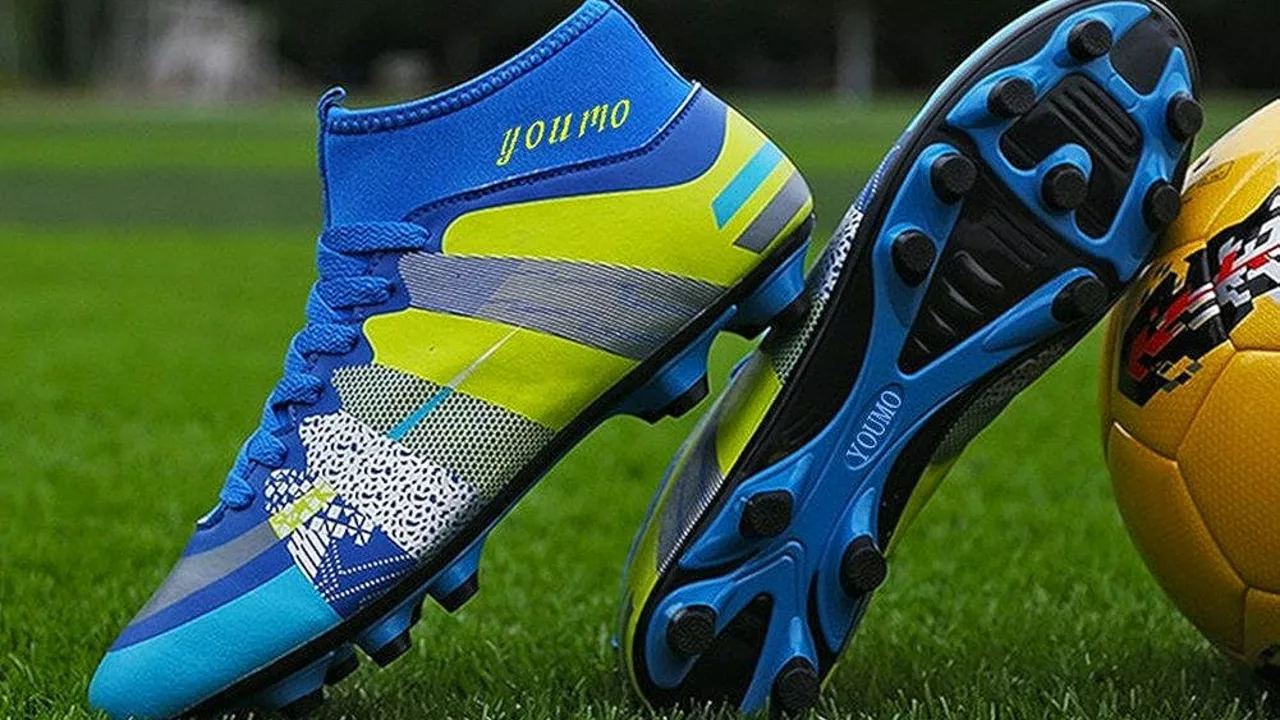Sports Equipment Guide: Soccer Shoes, Cleats & Must‑Have Gear
Whether you’re a weekend warrior or a budding pro, the right equipment can make the difference between a win and a miss. In this guide we’ll break down the basics of soccer shoes, explain why not every pair has cleats, and help you pick the perfect fit for your playing surface.
Do All Soccer Shoes Have Cleats?
Short answer: no. Many people assume every soccer shoe comes with those spiky soles, but that’s only true for outdoor, turf or grass shoes. Indoor shoes, often called “firm ground” or “indoor” boots, have flat rubber soles designed for hard courts and smooth floors. They give you grip without digging into the surface, which can actually protect the floor and keep you from slipping.
If you’re buying a new pair, check the label. “FG” means firm ground – good for natural grass. “AG” is artificial grass, and “TF” is turf. “Indoor” or “IC” means a flat sole. Picking the wrong type can feel uncomfortable and hurt your performance.
Choosing the Right Shoes for Your Surface
First, think about where you play most often. If you hit the local park with a grass pitch, go for firm‑ground shoes with moderate cleats. They’ll dig in just enough to give you stability without tearing the turf. If you’re on a synthetic field, artificial‑grass shoes have smaller, more numerous studs that spread the pressure evenly.
For indoor leagues, flat‑sole shoes are a must. They provide traction on polished wood or concrete and won’t leave marks on the floor. Some players keep a pair for each surface – it’s a cheap insurance policy that keeps your feet happy and your game sharp.
Beyond cleats, fit matters. A shoe that’s too tight will cause blisters; too loose and you’ll lose control. Try them on with the socks you normally wear, wiggle your toes, and make sure there’s a thumb’s width of space at the front. Comfortable shoes let you focus on the ball, not on sore feet.
Other gear to consider includes shin guards, proper socks, and a good ball. Shin guards protect against accidental kicks, and many leagues require them. Choose a size that covers the entire shin without sliding. Socks should be snug but breathable – synthetic blends work best for keeping feet dry.
Finally, maintain your equipment. Rinse cleats after a muddy match and let them dry completely before storing. This prevents odor and extends the life of the studs. Check the sole regularly for worn‑down cleats; if they’re smooth, it’s time for a new pair.
With the right shoes and a bit of care, you’ll feel more confident on any pitch. So next time you head to the field, remember: not all soccer shoes have cleats, and the right choice depends on where you play. Grab the style that matches your surface, check the fit, and get ready to enjoy the game fully.
